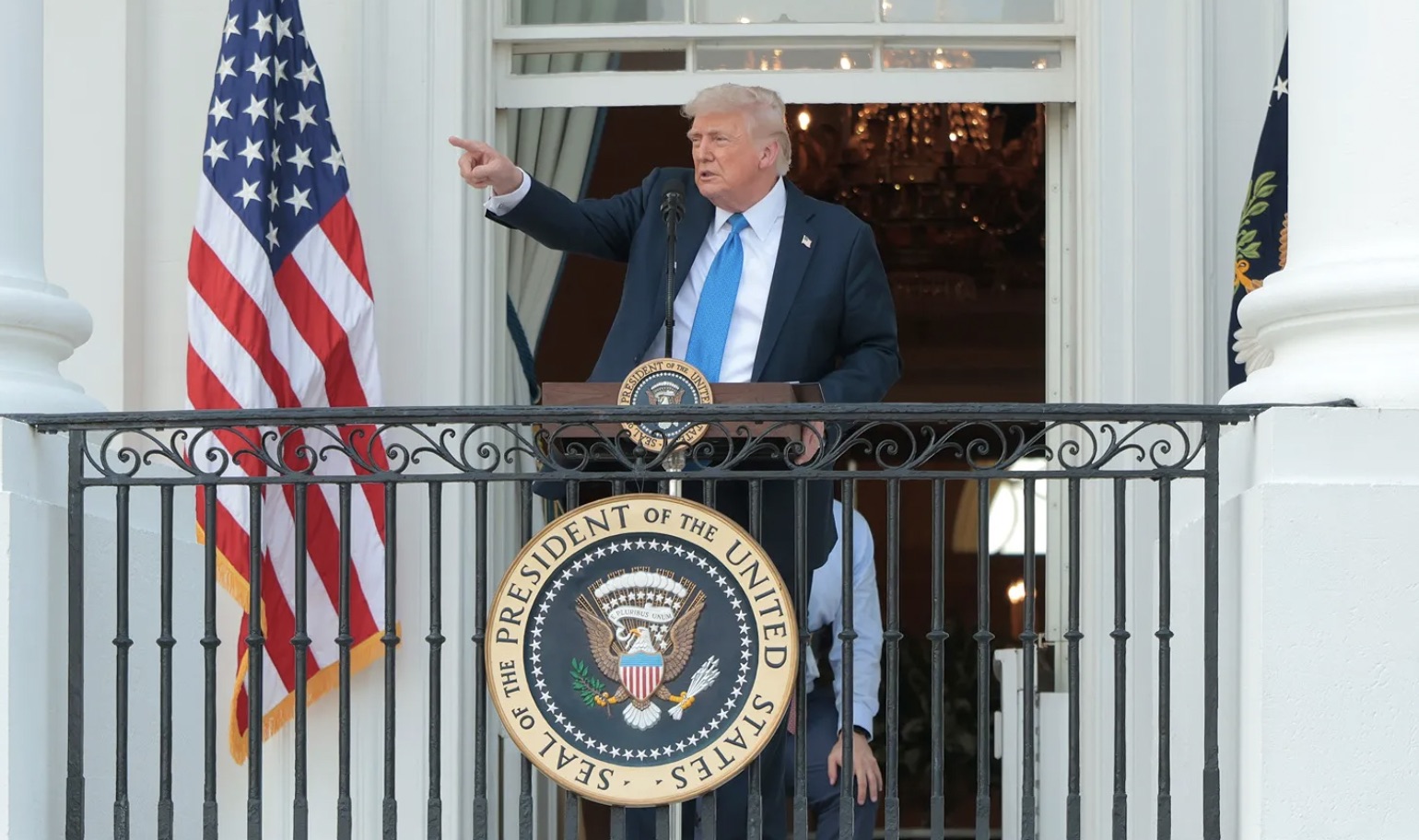If you’ve skimmed headlines about Trump’s new travel ban, you’ve probably seen the usual words thrown around—”racist,” “Muslim ban,” or “far-right crackdown.” But here’s the truth: this isn’t 2017, and this isn’t the same world. What’s unfolding now is less about ideology and more about control. And in the eyes of even the disillusioned Left, this might be one of the few things Washington has gotten right.
Who’s Actually Banned?
Let’s start with the list.
As of June 4, 2025, the U.S. has placed full travel bans on nationals from the following 12 countries:
- Afghanistan
- Myanmar (Burma)
- Chad
- Republic of the Congo
- Equatorial Guinea
- Eritrea
- Haiti
- Iran
- Libya
- Somalia
- Sudan
- Yemen
These are full bans. No tourist visas. No student visas. No green cards. No entry, full stop.
There’s also a second tier—countries that aren’t fully banned but are facing heavy restrictions and intense scrutiny:
- Burundi
- Cuba
- Laos
- Sierra Leone
- Togo
- Turkmenistan
- Venezuela
These places haven’t been blacklisted entirely, but consular officers now require far more documentation and in-person vetting. Think longer wait times, fewer approvals, and more chances of being turned away.
This Is Not a Muslim Ban
Let’s get one thing out of the way. This isn’t a Muslim ban. Iran and Somalia are Muslim countries, yes—but so are Saudi Arabia, Indonesia, and Egypt, none of which are on this list. This is a logistical response, not a religious one. The 12 banned countries all share one thing in common: weak, corrupt, or non- existent bureaucracies.
That means their governments can’t properly vet their citizens. If someone applies for a visa, there’s often no way for a U.S. consular officer to confirm their criminal record (if it exists at all), identity, or travel history. And once these people arrive? Many never leave. In fact, overstay rates from some of these countries are among the highest in the world.
The Left-Wing Argument for the Ban
Yes, you read that right.
Because while this ban is being painted as a right-wing fever dream, the real Left—the one that hasn’t been completely hijacked by slogans and hashtags—understands what’s happening here. This isn’t about stopping “refugees.” It’s about stopping economic migrants from gaming the system and drowning out actual asylum seekers.
In 2024 alone, over 40,000 people from banned countries entered the U.S. claiming asylum—yet more than 60% were later found to be economic migrants, not political refugees. They weren’t fleeing death squads or dictatorships. They were just poor and desperate for a better life. And who can blame them?
But here’s the problem: when economic migrants abuse refugee channels, they make a mockery of international asylum law. Worse, they flood the system, making it harder for actual refugees—like those fleeing Myanmar’s junta or Sudan’s warlords—to get through.
This ban, in effect, is about cleaning up the refugee system. It’s about forcing a distinction between poverty and persecution, and finally treating them as separate issues—because they are.
Human Trafficking and Exploitation
Another aspect ignored in most coverage: this ban might actually save lives.
When poor people in fragile countries are told that U.S. borders are “open,” they don’t hop on a plane and fly to JFK. They get smuggled. They hand over everything they own to traffickers who promise them paradise and deliver them to detention cells or open- air camps in the Darién Gap.
They are raped, robbed, sold, and left to die—and many do. Banning visas from failed states doesn’t just stop unvetted migration; it kills demand for traffickers who prey on the poorest people in the world.
Is There a Better Way?
Of course there is. The best solution is long-term investment indevelopment, democratic institutions, and security infrastructure in the Global South. But the U.S. isn’t doing that. No one is.
So what’s left? Either let people in unvetted, or make hard choices. This policy is a hard choice. It isn’t pretty, it isn’t utopian, but it might just be the most humane option on the table.
What This Means For Travelers
If you’ve been to any of the banned countries since March 2011, you may also now be ineligible for ESTA—the visa-free travel program for most European and developed nations. Instead, you’ll need to apply for a full B1/B2 visa, including a consular interview. This includes journalists, humanitarian workers, and even tourists with a few stamps in the wrong passport.
And for dual nationals of banned countries? Even tougher. Iranian- Germans, Eritrean-Swedes, or Haitian-Canadians could face long delays or outright rejections.
Final Thoughts
This isn’t about xenophobia. It’s about control.
Poor people being exploited by middlemen and NGOs are being sold a lie that refugee laws are a shortcut to a better life. Meanwhile, thousands of legitimate asylum seekers are stuck in limbo or sent back because someone else played the system first.
Leon Havana doesn’t sugarcoat reality. And the reality is this: if you truly care about migrants, about refugees, about exploited people—then you need to support reforms that protect them. Even if they come wrapped in a Trumpian signature.

